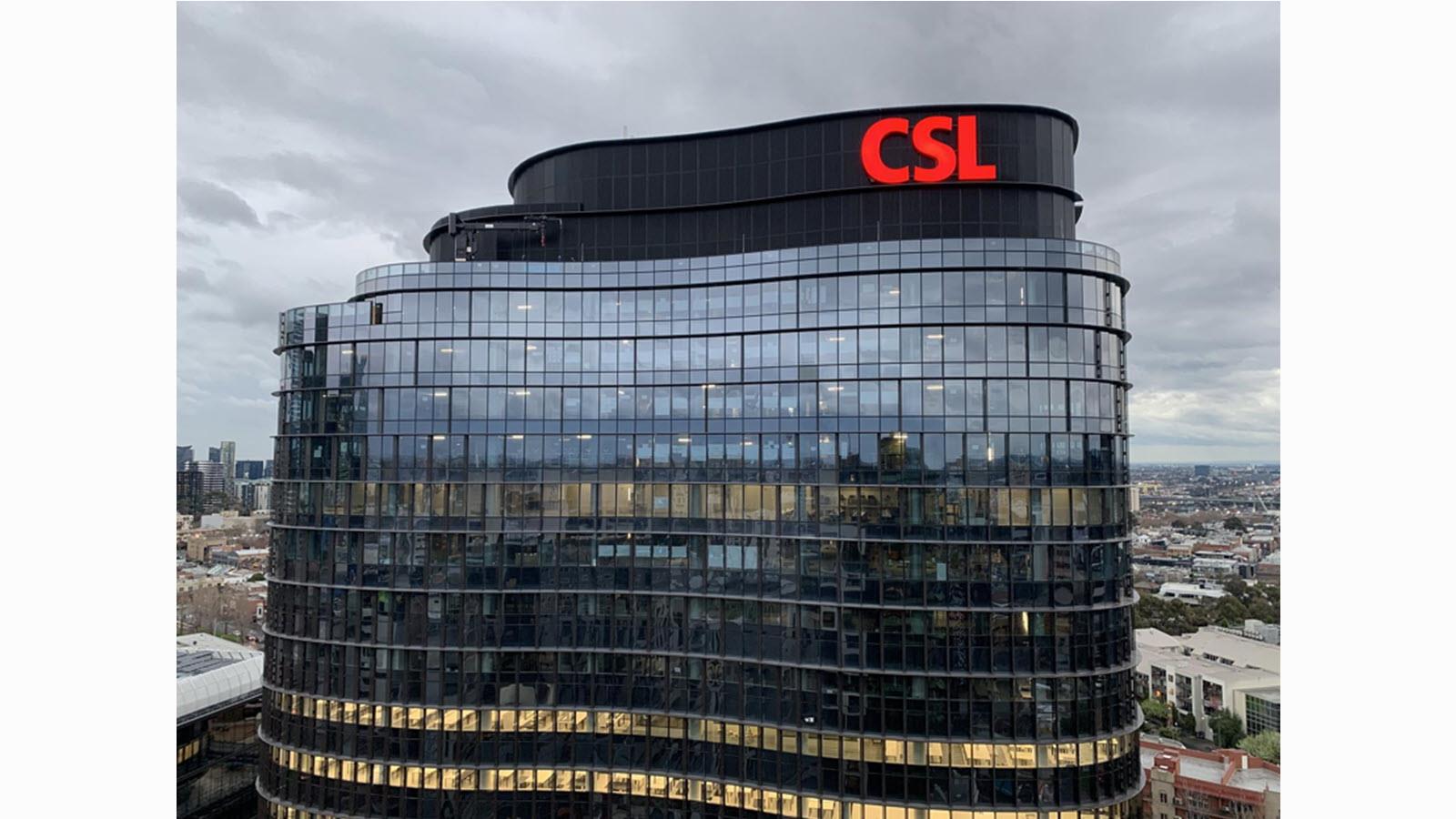A new global headquarters building in Melbourne, Australia, has received a five-star rating from the Green Building Council of Australia. The internationally recognized Green Star rating system sets the standard for healthy, resilient, positive buildings and places, and rewards buildings that reduce the impact of climate change, enhance health and quality of life, and contribute to maintaining a sustainable economy.
Some of the features of the CSL Melbourne project include:
• Sourcing of building materials from responsible manufacturers
• Recycling of building materials and diverting of construction waste from landfill
• Electrical vehicle charging stations
• Optimized building insulation and glazing to reduce heating and cooling loads
• Façade designed to reduce the need for artificial lighting
• Highly efficient elevators with regenerative braking
• Water-efficient bathroom facilities and irrigation systems
• Flicker-free lighting and the minimization of glare through windows
CSL – a global biotech that makes medicines for people with rare and serious diseases, as well as vaccines – expects to take possession of its new headquarters in December or January and move staff in by April 2023. The facility includes world-class labs, collaborative office spaces and a Biotech Incubator Laboratory in partnership with the University of Melbourne and the Walter and Eliza Hall Institute (WEHI).
In August, CSL announced sustainability goals that include 2030 carbon emissions targets. The company plans to:
- Seek to reduce emissions associated with its own operations by 40 percent
- Intends to ensure suppliers who contribute 67 percent of Scope 3 emissions have set Scope 1 & 2 reduction targets, aligned with the Science-Based Targets initiative.



